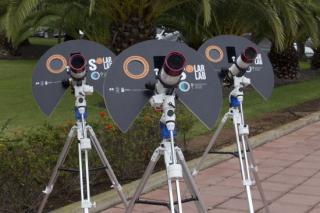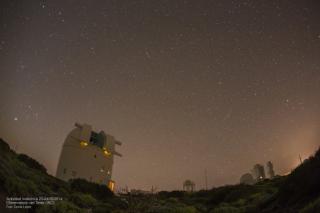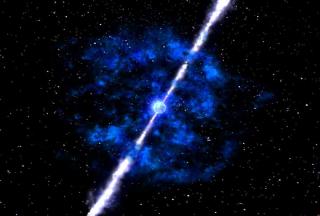
The 45 prizewinners, who come from the 7 islands, will visit the Instituto de Astrofísica de Canarias next week
Advertised on
This section includes scientific and technological news from the IAC and its Observatories, as well as press releases on scientific and technological results, astronomical events, educational projects, outreach activities and institutional events.



